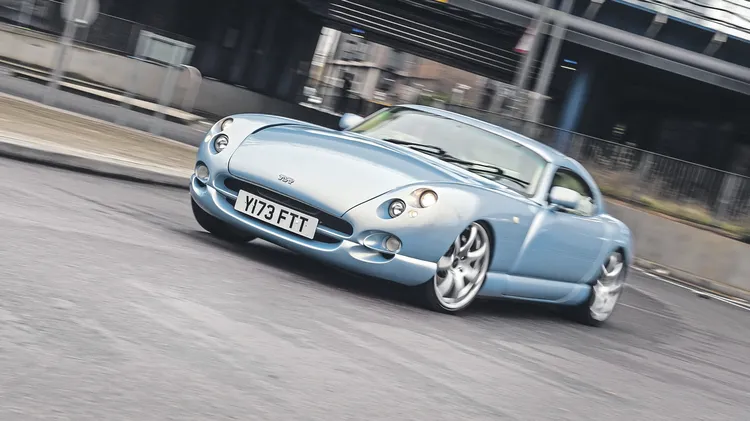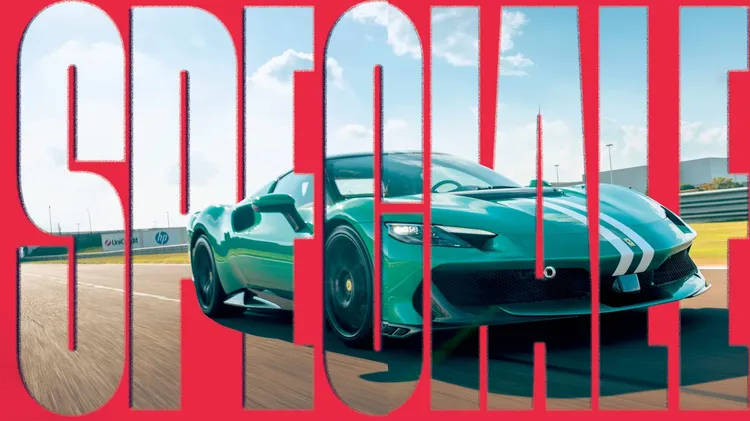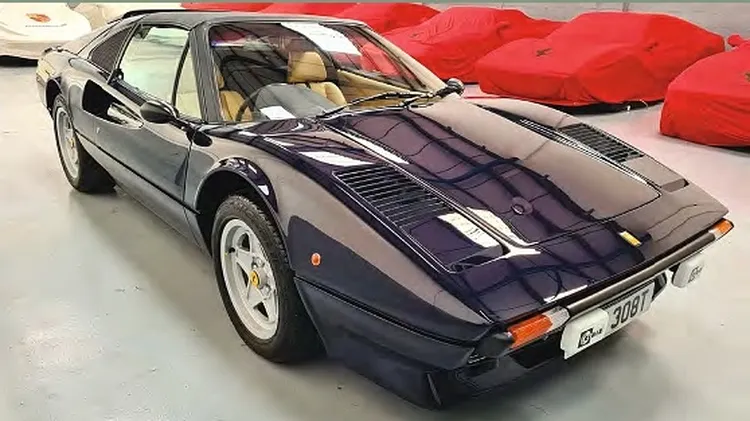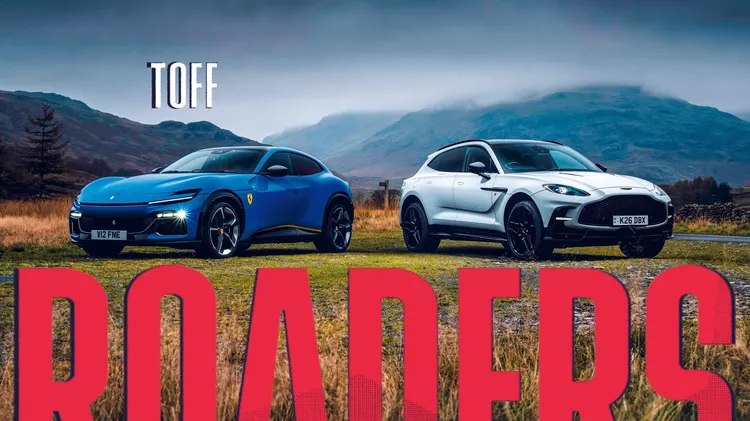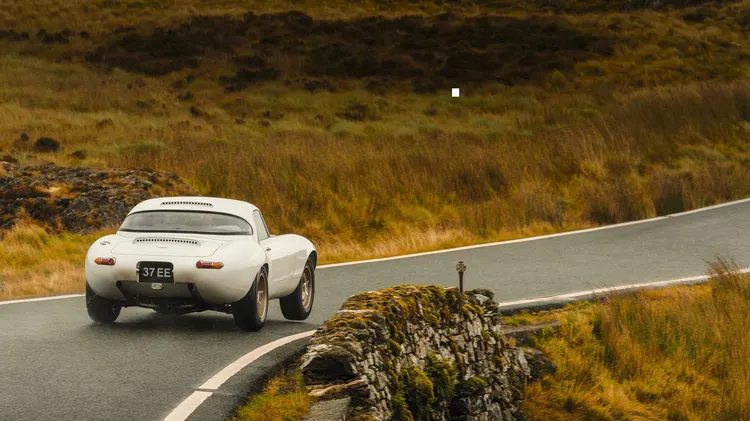This, the final Ferrari 500 Superfast marks the end of a line of GTs conce
The last temptation
12 min read
This article is from...
Read this article and 8000+ more magazines and newspapers on Readly

